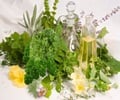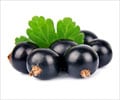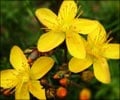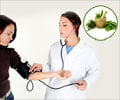There's a lot of concern about the safety and efficacy of herbal medicines. Study shows that herbal medicines can have very different properties and effects.

TOP INSIGHT
Juzen-taiho-to, also known as shi quan da bu tang has definitely been known as an immune-boosting formulation.
To investigate the source of the formulation's immune-boosting activity, Kalpana and her colleagues zeroed in on its most potent ingredient, Angelica sinensis, an indigenous Chinese plant known as "female ginseng." Attempts to pinpoint the immunostimulatory activity of the plant itself kept leading the team into dead ends. So, they broadened the search using a technique known as metagenomics, which allowed them to screen for active compounds in both the plant and the microbes that grow on it.
The results revealed colonies of Rahnella aquatilis bacteria growing on the Angelica roots. A closer investigation showed Rahnella to carry on its surface a collection of large molecules known as lipopolysaccharides. It is these molecules, and specifically a component of them known as Lipid A, that appear to be responsible for the bacteria's powerful immunostimulatory effects.
Isolating the lipopolysaccharides and Lipid A and running them through a battery of screening tests, the team confirmed that the molecules are potent immunostimulants with low toxicity. "Our study reinforces the growing awareness of ‘good bacteria' and their health benefits," said Kalpana. "This type of bacteria, in this context, seems to be non-toxic, safe to use and effective in helping you fight off disease."
However, it seems that not all juzen-taiho-to is created equal. Testing several different brands of the formulation, the researchers found vastly different concentrations of the Rahnella bacteria and its potent compounds. Unlike the processes used to create Western medicines, there is little standardization in the preparation of herbal remedies; as a result, the types and amount of bacteria on a plant's roots may vary depending on its growing conditions, country of origin or the methods used to harvest and process it.
Kalpana will present the findings during the Experimental Biology 2016 meeting at the Plant-Microbe Interactions session in Exhibit Halls A-D, San Diego Convention Center. The study was funded by grants from the National Institute of General Medical Sciences and National Institute of Minority Health and Health Disparities, National Institutes of Health.
 MEDINDIA
MEDINDIA

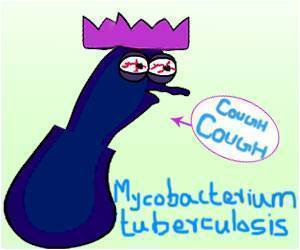

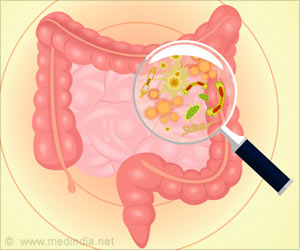
 Email
Email
